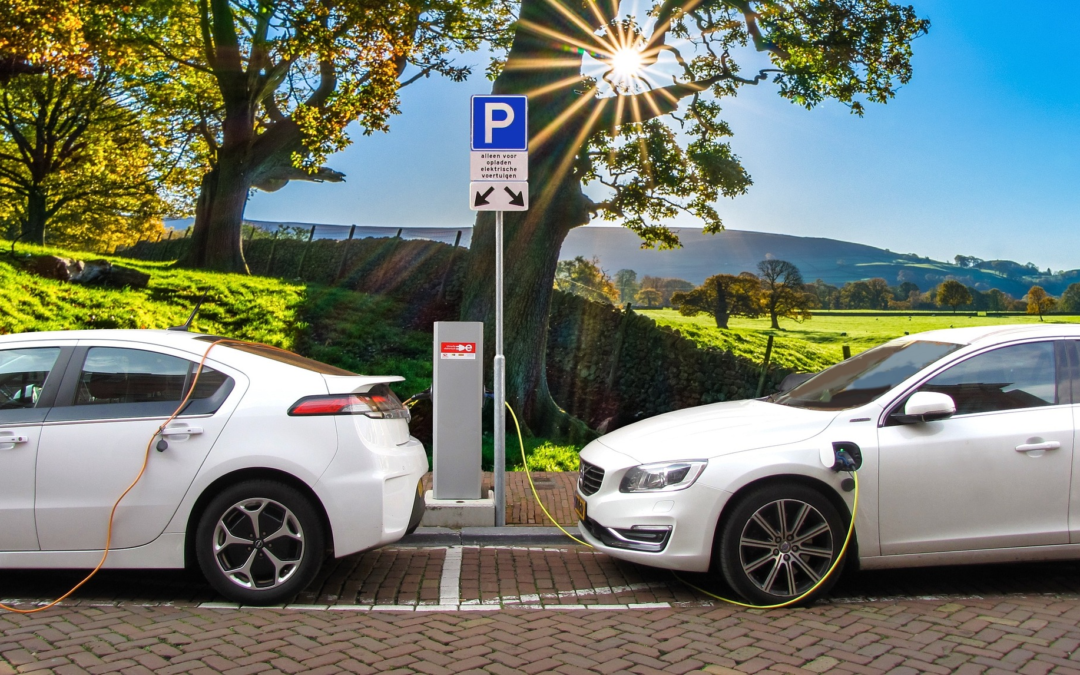One of the fundamental problems with solving climate change is that transitioning to renewable energy requires using rare earth minerals and metals for all the solar panels, wind turbines, copper wiring electrical vehicles that we’ll need.
However, mining these metals and minerals comes with a human cost from the slaves and underaged labor used to dig them up, as well as an environmental cost from the pollution and damage caused to the ecosystem from the mining activities. Some argue that moving away from fossil fuels to renewable energy is just transferring the environmental damage from the air to the ground.
This isn’t a complete picture, however. In “Why Mining Rare Earth Minerals is Less Destructive than Drilling for Fossil Fuels,” I break down the numbers and show that mining rare earth minerals for the electrical system requires less than .25% of the material that we already digging up to power our fossil fuel economy.
New technology will also reduce the amount of materials that we require to power a sustainable electrical grid. For example, next generation wind turbines require less raw materials as they have smaller footprints. Next generation solar panels are made using perovskite, which is less environmentally destructive and organic photovoltaics (OPVs) can be manufactured without earth minerals. New mining technologies like biomining and phytomining will also be less environmentally destructive and require less human labor.
However, that still leaves the lithium-ion batteries that we will need for all the electric vehicles that are needed to replace the fossil fuel-based ones.
The Lithium Ion Battery Problem
In 2021, the United States had 278,063,737 personal and commercial vehicles registered and about 5% of these were EVs. If Americans continue to depend on cars at the current rate, by 2050 the US alone will need to triple the amount of lithium currently produced which would have negative environmental and social consequences like creating pollution, exacerbating water shortages, decreasing biodiversity, and violating Indigenous rights.
However, it doesn’t have to be this way. According to a report Achieving Zero Emission Transportation With More Mobility and Less Mining, written by the Climate and Community Project, a climate policy think-tank the United States will need to mine 483 thousand tons of lithium to convert all current fossil fuel cars to EVs by 2050. However, we could reduce the amount by over 90%, if we invested in better public transportation, made smaller batteries with less driving range, and increased battery recycling rates.
We could also reduce vehicle ownership rates by making our cities more walkable. This would not only reduce our need for lithium ion but would also reduce the amount of microplastics in circulation since a major source comes from shedding car tires.
Water Based Batteries
Another approach is to replace lithium ion batteries altogether. This is what a small startup out of Boston named Alsym has done with their battery, which replaces lithium and cobalt with more commonly available elements like manganese and water. Not only does this decrease their battery cost by half, but it also eases potential supply chain issues and makes the battery safer and easier to recycle. It does all this while retaining the same performance characteristics of a lithium-ion battery. This also makes the Alsym battery ideal for electric vehicles, planes, maritime use and long-term storage.
It sounds too good to be true, but the battery is already in beta-testing and the company has partnered with an Indian manufacturer of electric vehicles which will begin rolling out in 2025. If all goes well, this will be a game changer for all industries that require batteries and is a giant step toward a sustainable and pollution free society.


